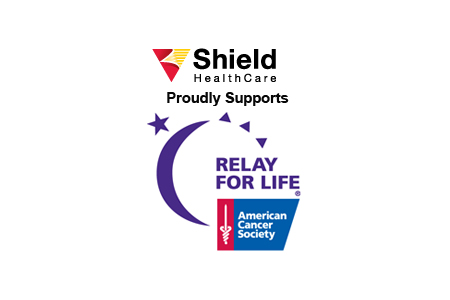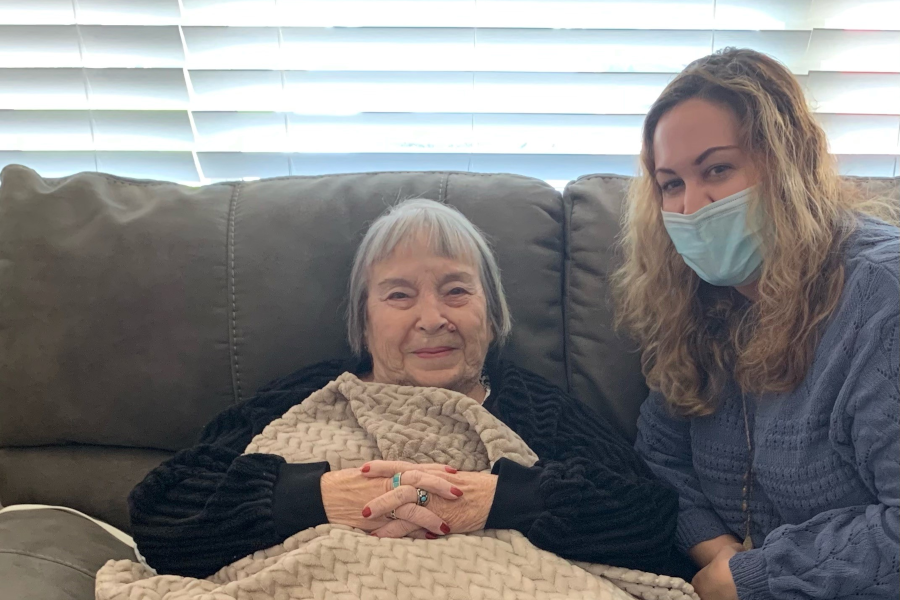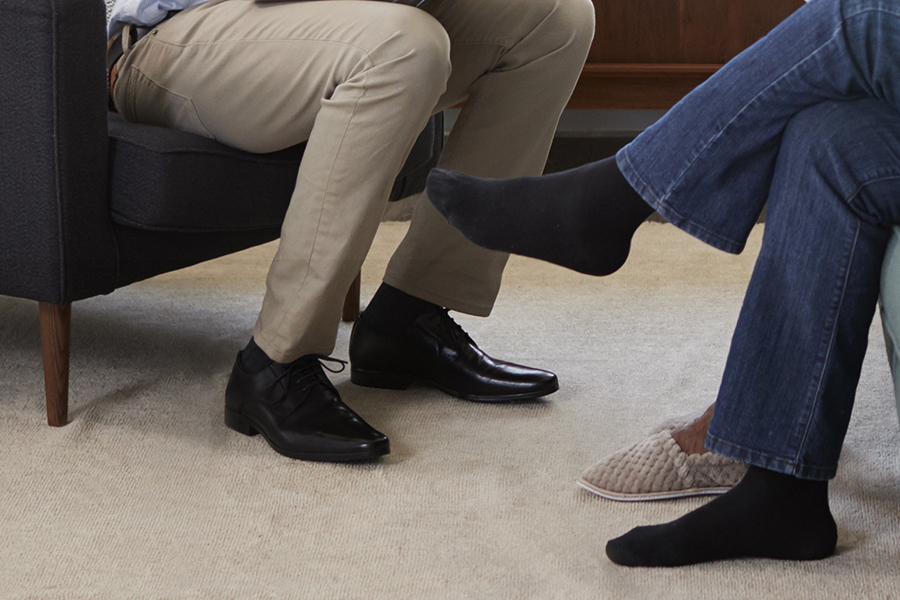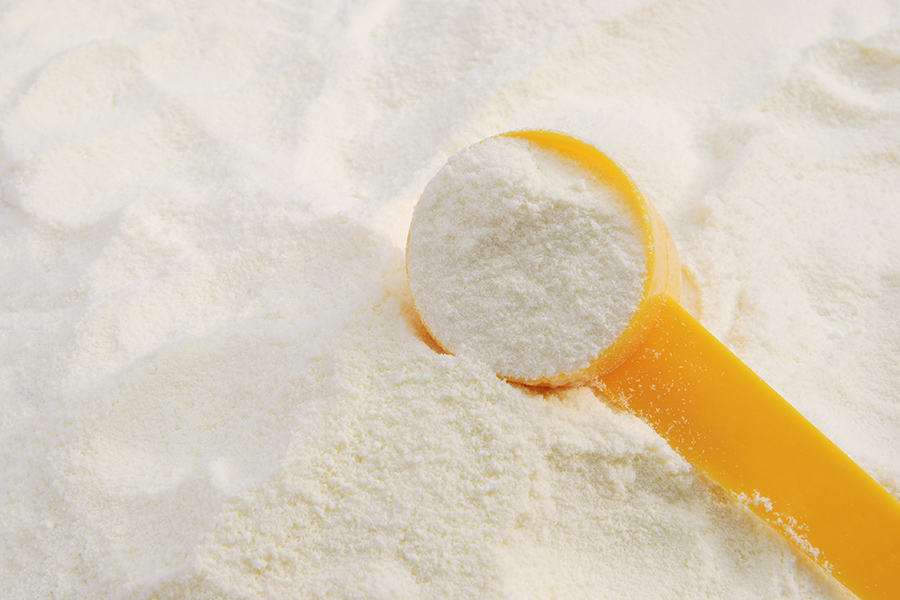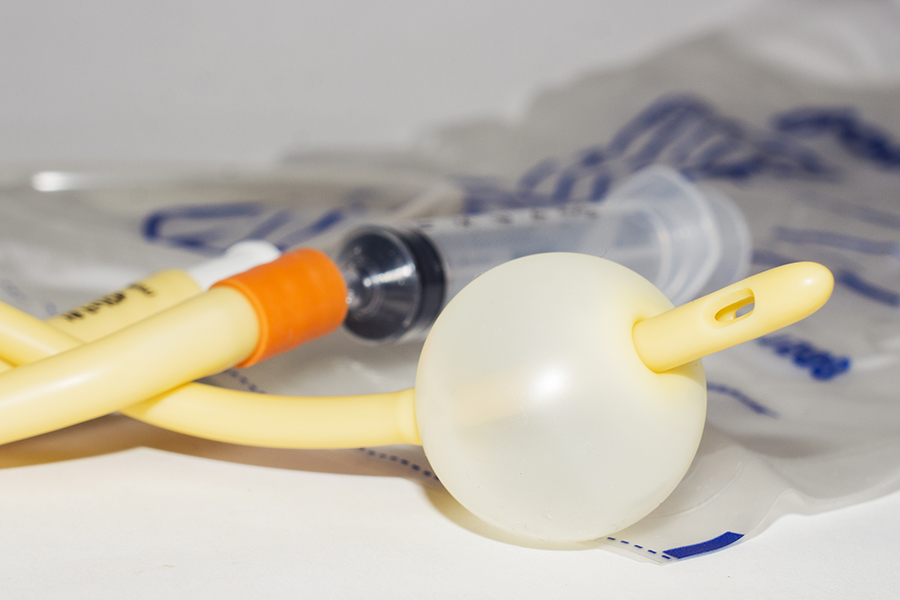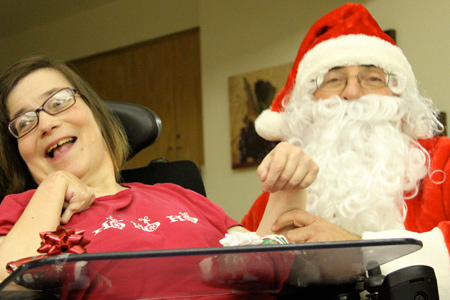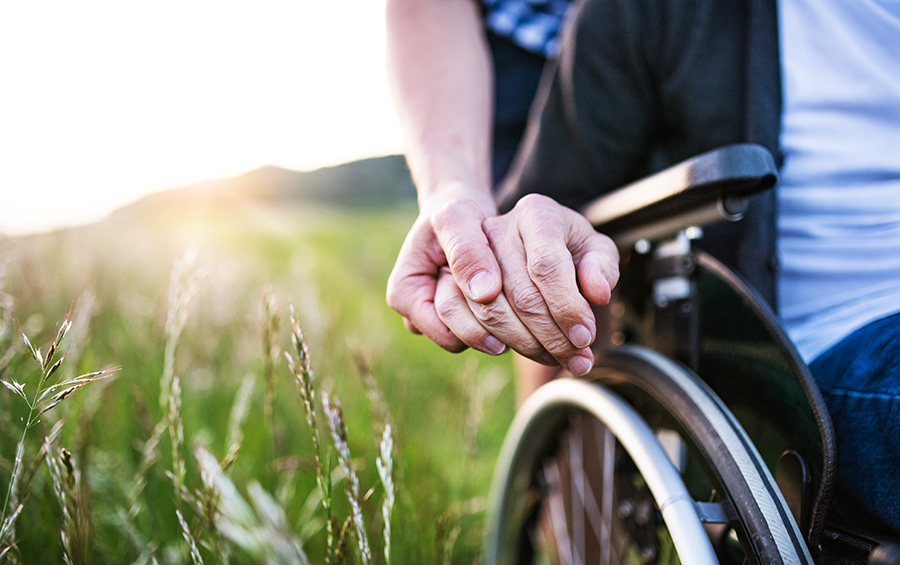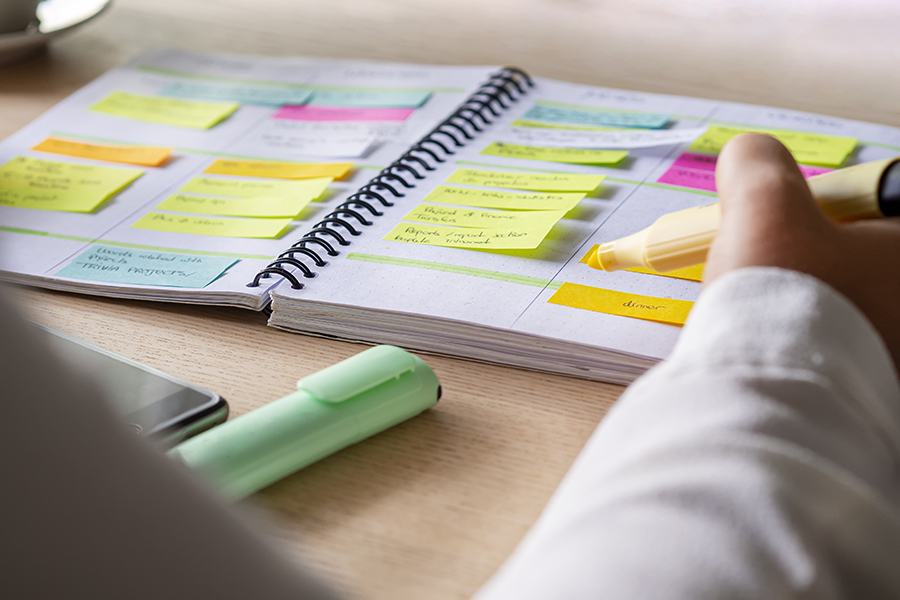As the holiday season is upon us and many will be flying out to visit loved ones, it’s best to get the latest Transportation Security Administration (TSA) guidelines. This is especially important if you are traveling with medically necessary liquids and items such as ostomy supplies, medications and medical equipment on a flight.
Passengers who need to carry medically necessary liquids on a plane in excess of TSA’s general limits can do so, though the liquids will be screened. The liquids should be disclosed to TSA personnel prior to a person’s bag being screened and should be separated from any other liquids or gels.
All disability-related equipment, aids and devices continue to be allowed through security checkpoints once cleared through screening. Additionally, TSA permits prescription liquid medications and other liquids needed by persons with disabilities and medical conditions. This includes:
- All prescription and over-the-counter medications (liquids, gels, and aerosols) including petroleum jelly, eye drops, and saline solution for medical purposes
- Liquids including water, juice, or liquid nutrition or gels for passengers with a disability or medical condition
- Life-support and life-sustaining liquids such as bone marrow, blood products and transplant organs
- Items used to augment the body for medical or cosmetic reasons such as mastectomy products, prosthetic breasts, bras or shells containing gels, saline solution or other liquids; and,
- Frozen items are allowed as long as they are frozen solid when presented for screening. If frozen items are partially melted, slushy or have any liquid at the bottom of the container, they must meet 3-1-1 requirements.
- However, if the liquid medications are in volumes larger than 3.4 ounces (100ml) each, they may not be placed in the quart-size bag and must be declared to the Transportation Security Officer. A declaration can be made verbally, in writing, or by a person’s companion, caregiver, interpreter or family member.
- Declared liquid medications and other liquids for disabilities and medical conditions must be kept separate from all other property submitted for x-ray screening.
Specific medical-related items permitted beyond the checkpoint include: wheelchairs; scooters; crutches; canes; walkers; prosthetic devices; casts; support braces; support appliances; service animals; any and all diabetes related medication and diabetes testing supplies; orthopedic shoes; exterior medical devices; assistive/adaptive equipment; augmentation devices; ostomy supplies; medications and associated supplies; hearing aids; cochlear implants; tools for wheelchair disassembly/reassembly; personal supplemental oxygen; CPAP machines; respirators; C02 personal oxygen concentrators; baby apnea monitors; Braille note takers; slate and stylus; tools for prosthetic devices;and any other disability-related equipment and associated supplies.
TSA has also made a notification card available for passengers to use to provide information about their medical condition or disability to TSA personnel at airports. This card can be found on the TSA.gov website. While these cards do not exempt anyone from screening, these cards are useful to discreetly communicate sensitive information.
Before You Go:
- Provide advance notice to your airline or travel agent if you require assistance at the airport. TSA can only assist you with the screening process. Your airline will assist you through the airport facility and the screening queue line.
- Pack your medications in a separate pouch/bag to facilitate the inspection process. Ensure that containers holding medications are not too densely filled, and that all medication is clearly identified. It is recommended that passengers refrain from packing any medications in their checked baggage that they do not want exposed to X-rays. Instead, send larger quantities of medications to your destination by mail or any other preferred way.
- If you have medical documentation regarding your medical condition or disability, you can present this information to the Security Officer to help inform him of your situation. This documentation is not required and will not exempt you from the security screening process.
- Make sure all your carry-on items; equipment, mobility aids and devices have an identification tag attached.









